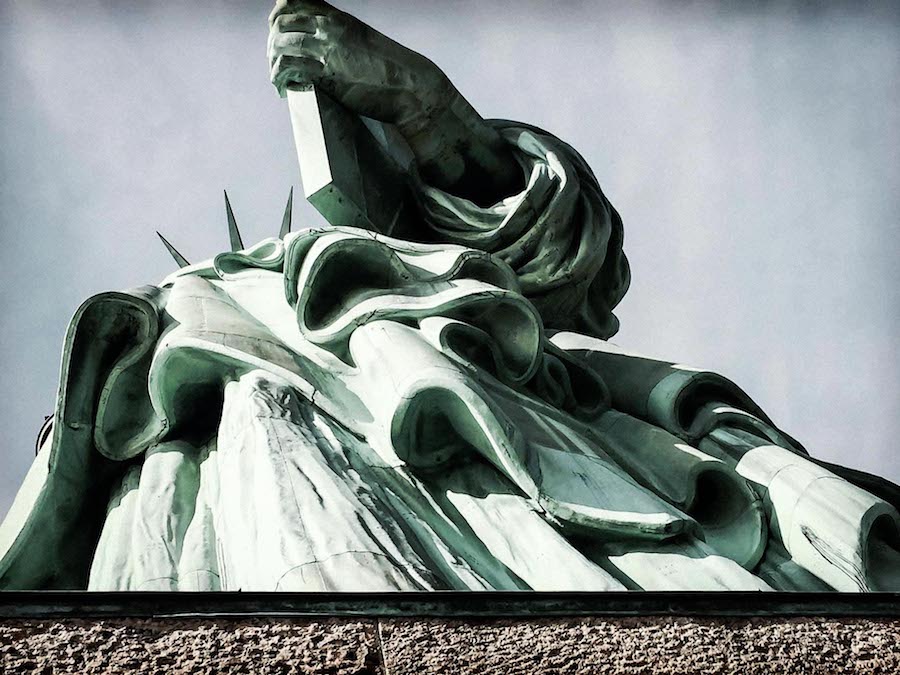
The Statue of Liberty was built way back in 1884 but still remains one of the most significant monuments today. Symbolizing a celebration of freedom, the statue not only pays tribute to immigration but also to abolishing slavery.
The process behind the creation is just as important, especially when you take a look to see what’s inside. Here’s how the Statue of Liberty was built, from conception to final construction.
Sculpting the Statue of Liberty
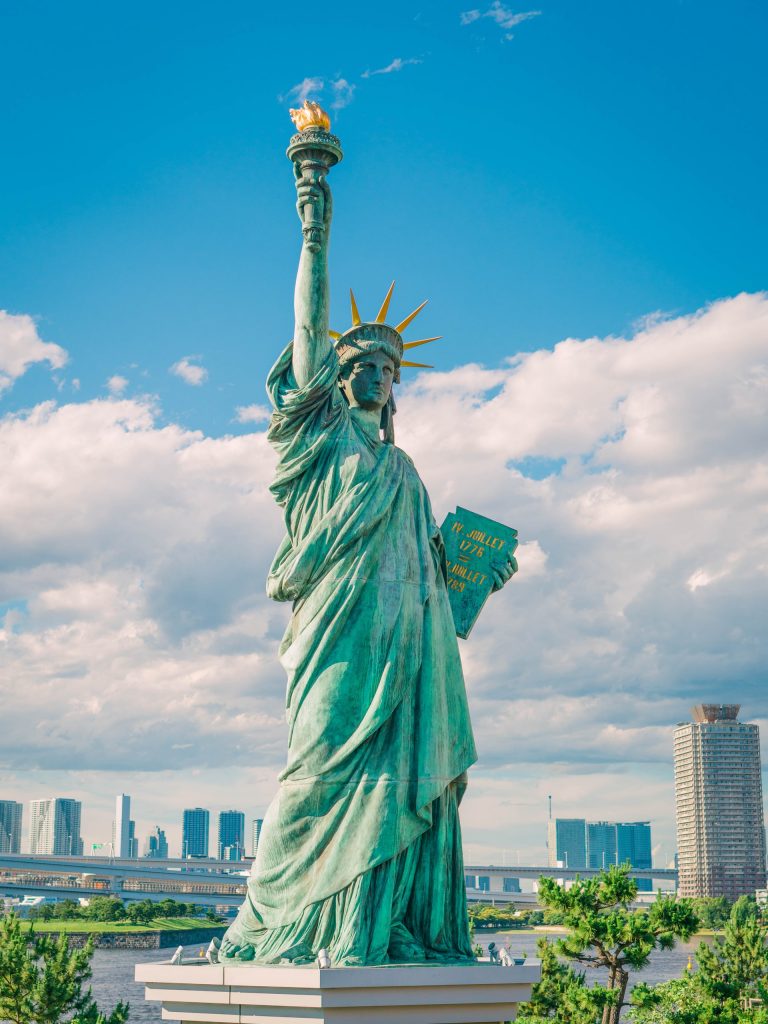
The meaning behind the statue is significant and so is its massive size. At a striking 305 feet tall, Lady Liberty took a long time to build and careful planning when designing.
When was the Statue of Liberty built?
The idea for the statue’s initial design originated in 1865 from the French architect, Édouard de Laboulaye. The Statue of Liberty was later built in 1884 by French sculptor Frédéric-Auguste Bartholdi, who built it in pieces to make it more accessible for working on it.
While the statue was being built, the large head and torch were put on display in both France and America in an effort to raise money for its completion.
Small “statues of liberty” for planning
Planning for the finished statue took a great deal of organizing and perfecting, which is why the designer made three small versions of the statue to get things started.
The first miniature statue was made of clay and only about 4 feet high while the second was made of plaster and slightly bigger at almost 8 feet. The third version of the statue was larger than the other two with a height of around 33 feet but only a quarter of the size of the Lady Liberty we know today.
Repoussé method
The Statue of Liberty is made out of sheets of copper that are only 2.4 millimeters, thinner than two American pennies combined together.
Something called the repoussé method was used when building the statue. In this method, a wooden mold was built against the plaster model which helped sculpt the copper pieces accordingly.
Fun fact: Many may not know the statue is made of copper because of its green color. Over time, the air and rain oxidized the metal, changing it from the copper brown it was before to the light green we know now.
Here’s how the Statue of Liberty was built
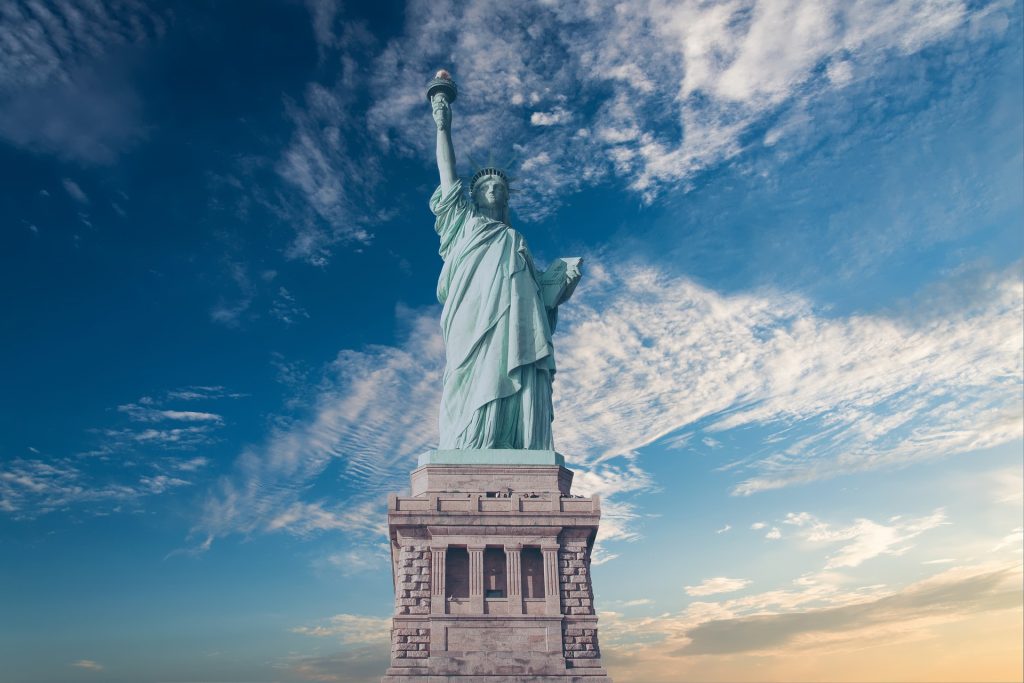
The construction of the Statue of Liberty took roughly 10 years to build and didn’t fully make its way to New York until 1886. It began to arrive by water at the New York Harbor a year prior, showing up in 350 pieces that were kept in 214 different crates.
Gustave Eiffel, the man known for building the Eiffel Tower in Paris, was also behind building the structure inside the Statue of Liberty that helped support each of the copper molds. This iron structure is located right at the center of the statue with smaller beams around it to provide more support.
What’s inside the Statue of Liberty
While impressive on the outside, there’s a lot to see inside the Statue of Liberty. The structure behind the design is just as grand, allowing you to get an up-close look at how it was created many years ago.
The Statue of Liberty pedestal
Make your way through the Centennial Doors at the base of the statue and find 192 steps that lead to the very top of the pedestal.
Here, you’ll find two sets of stairs: one used to go up and another used when coming back. Inside the pedestal, there are seven floors in total, with three significant levels to keep an eye on.
- The third floor gives you access outside.
- The sixth floor holds the Observation Deck (and two exits outside) with breathtaking views of the harbor.
- Lastly, the seventh floor is the beginning of the very high climb to the statue’s crown.
As you climb toward the statue’s crown, you’ll come across the Double Helix Stairway. This stairway also has one set of stairs for when you go up and another for when you head back down.
These stairs are steep as they’re located right in the middle of the support structure, but there are a few rest stops along your journey if needed. As you continue on your way, you’ll be so close you can see not only the metal frame that supports the statue but also the ripples found in her gown.
The crown
Only a limited number of people are allowed in the crown at a time, but once you’re there it will not disappoint. Look through the 25 windows and enjoy views of the harbor from high above.
Since you’re so close, you’ll be able to see the strands of the statue’s hair. Lights are located near the back of the crown but don’t come on until nightfall.
The Torch and its renovations
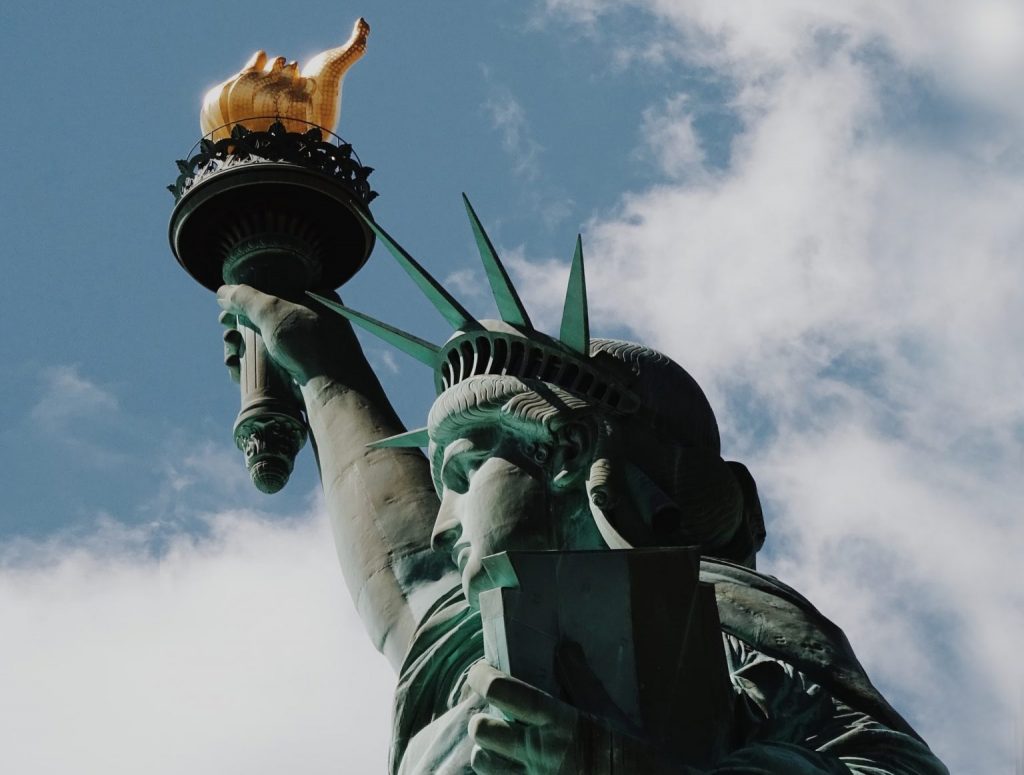
After the 1916 Black Tom explosion in the harbor, there was severe damage to the statue, including a leak in the torch every time it rained. The Statue of Liberty torch has remained closed to the public, but in 1980, it was replaced, and the original now resides in the Statue of Liberty Museum.
While the public can’t access the torch, there is still a way to get to it if needed. A gate at the statue’s neck opens to the arm where there are two ladders, one of which reaches the top where a door opens to the outside.
What you can see inside the statue when you visit

You may not be able to explore the torch when visiting the statue, but there’s still plenty to check out, including the massive pedestal, the Double Helix Stairway, and of course, the famous crown. Keep in mind, tickets for the crown can be hard to come by, so it’s best to book well in advance. Learn everything you need to know about how to get tickets here.
If you purchase tickets for the pedestal, you’ll be able to check out the base of the statue and the Observation Deck. However, if you’re looking to explore the entire interior of the statue (minus the torch) you will need to purchase a ticket for the crown.
The Statue of Liberty: Memories for Today
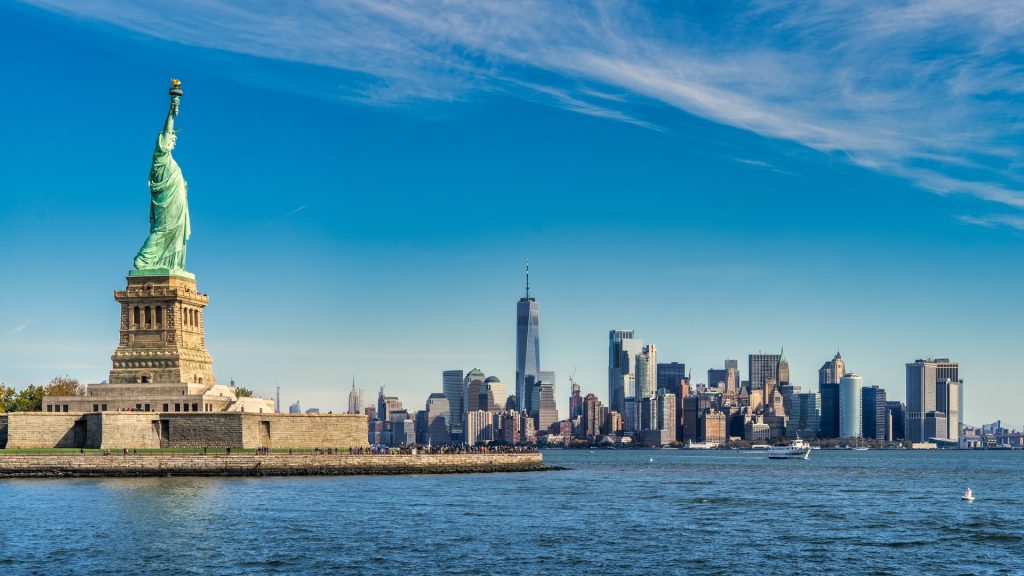
The Statue of Liberty is a monumental structure. Witnessing it with your own eyes is an essential NYC experience. No matter the ticket you choose, there’s a lot to see on your visit, and learning how the Statue of Liberty first came about makes your trip all the more memorable.
Ready to visit the statue and see how amazing it is up-close? Get our best tips for visiting the Statue of Liberty, as told by a New Yorker and a professional tour guide.